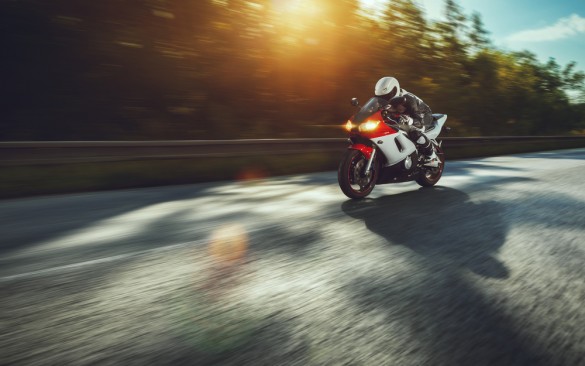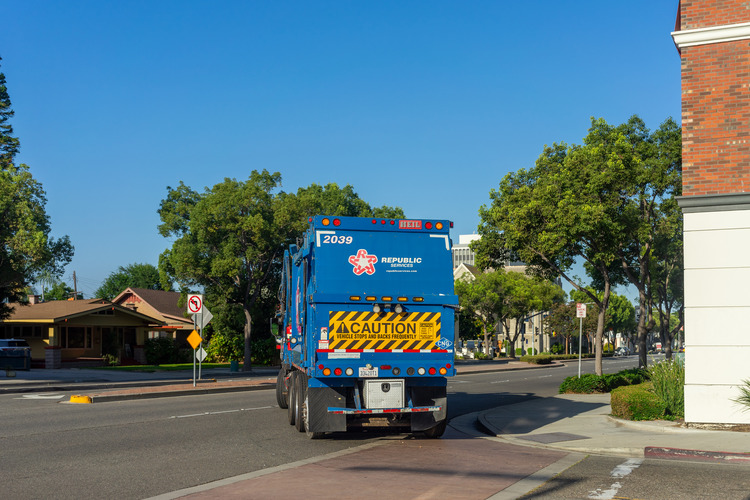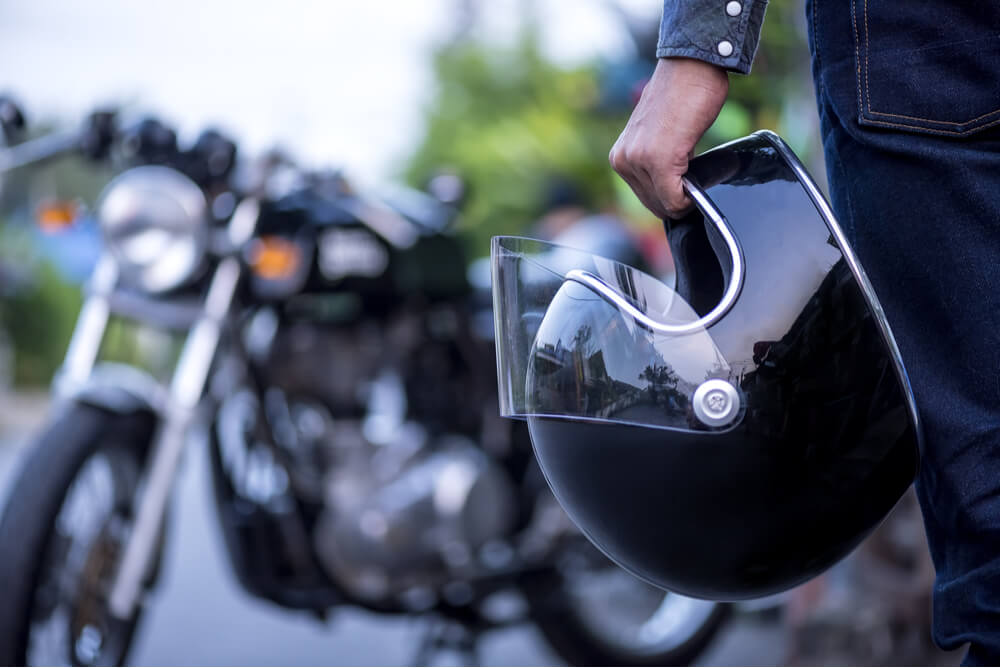Being a motorcycle owner is all about feeling like there are no limits and no rules. In the end, it is just you, two wheels and the open road. Unfortunately, not everyone is willing to grant you this level of freedom.
Some people may be negligent and crash into you unless you have the needed safety precautions, causing serious motorcycle accident injuries. Others will scoff and feel indignant for your desire to have a good time, reporting your behavior to the local authorities in an effort to control you.
These two types of people are responsible for the majority of motorcycle laws in California. While respectful, self-minding individuals merely wish to enjoy their vehicles as they see fit, legislatures and courts nevertheless felt it necessary to impose laws and restrictions on motorcycle use.
Stay informed of these laws to protect yourself from prosecution or, worse, some absent-minded Sunday driver who could put your life in danger.
1. Helmet Laws in California
Currently, California requires that all riders operating motor vehicles on public roads must have a safety helmet “as required by subdivision,” which means local laws determine the specifics. Usually, a DOT-certified helmet is the standard needed. Being pulled over while riding without a helmet can result in anything from a $10 fee to a $250 fee and one year’s probation, depending on who is holding the citation pad.
2. Motorcycle Handlebar Height Requirements in California
Elevated handlebars that sit high above the rider’s head, known to some as “Ape Hangers” or other names, are largely not permitted in California. All handlebars must not exceed six inches above the rider’s shoulders in normal riding position.
3. Lane Splitting Laws in California
Unlike many other states, motorcycle riders are allowed to ride alongside or past vehicles within the same lane, a practice known as “lane splitting.” Official California law denotes that lane splitting should be done “in a safe and prudent manner,” meaning that riders should use good judgement.
Who determines bad judgement? If a police officer or a “concerned citizen” thinks you are being reckless, or if you are in an accident and someone alleges that you were recklessly lane splitting, you could be fined for using the practice improperly.
4. Turn Signal Requirements in California
Unless your motorcycle was built and first registered before 1973, you will need two sets of working turn signals — one in front and one in rear.
5. Motorcycle Exhaust Noise Restrictions
Noise restrictions are complex and based upon the year your motorcycle was manufactured or last modified.
Motorcycle Accidents in California
No matter how much you follow the letter of the law, negligent drivers can still pose a threat to your health and safety while you enjoy your motorcycle. Ride safety, and ride legal.




